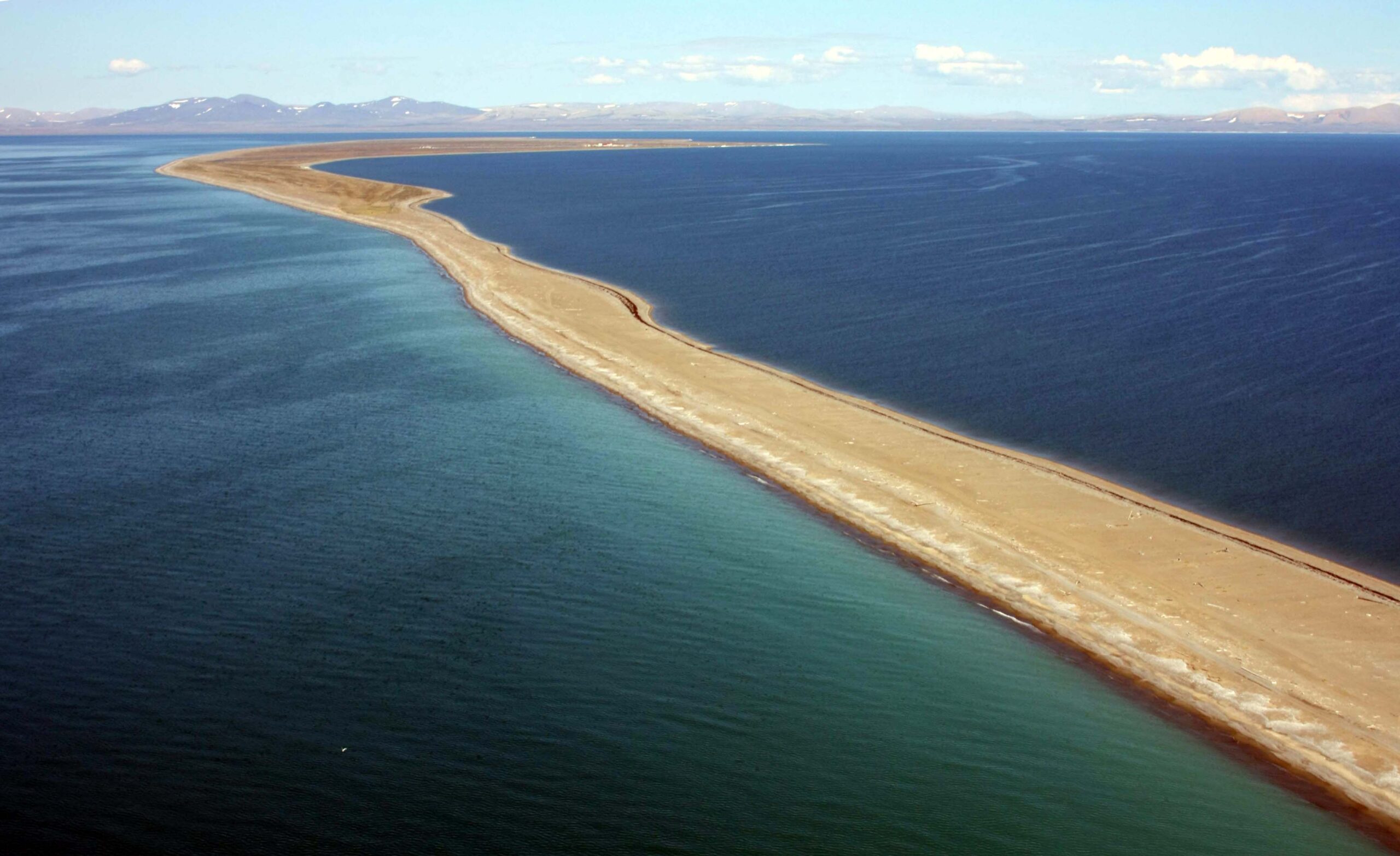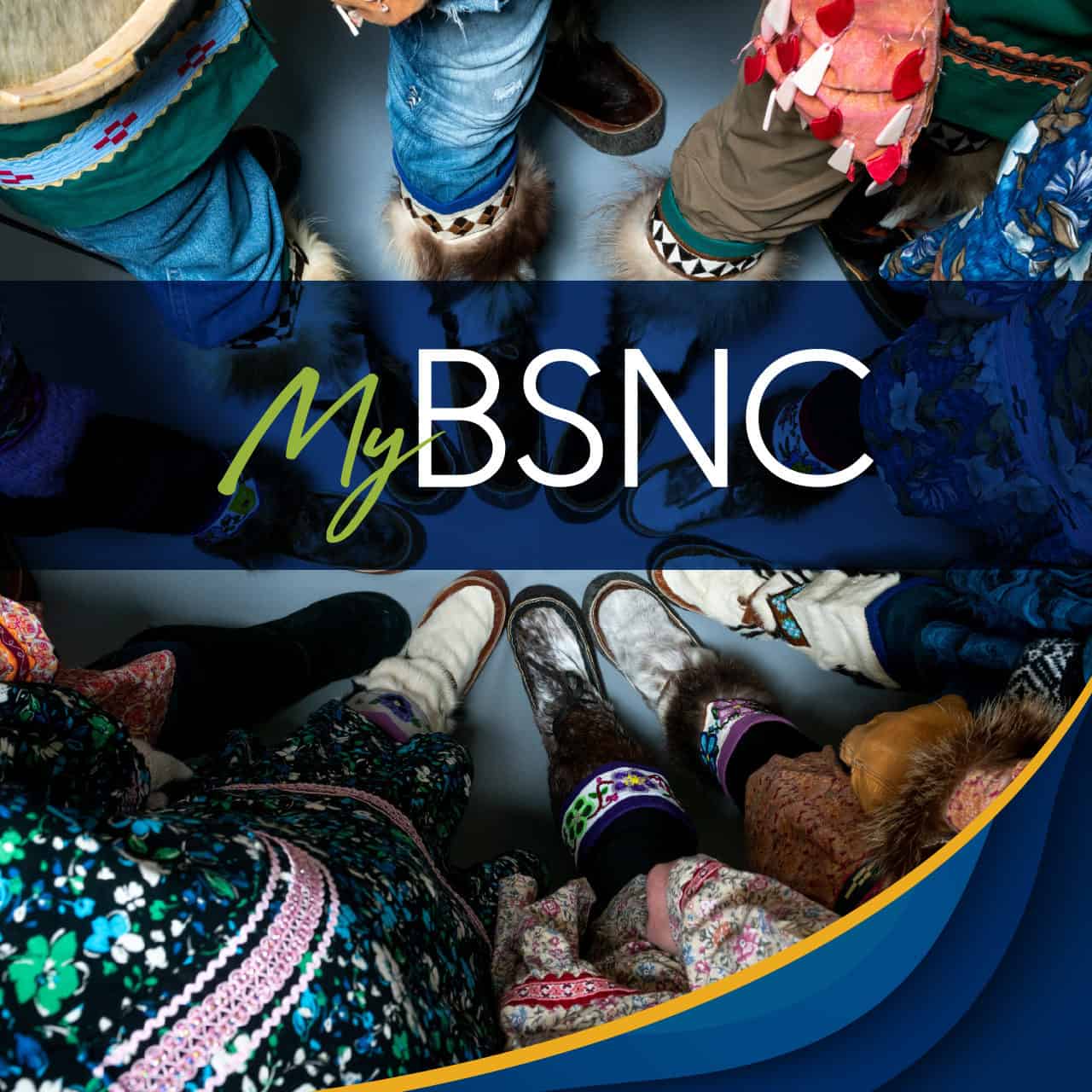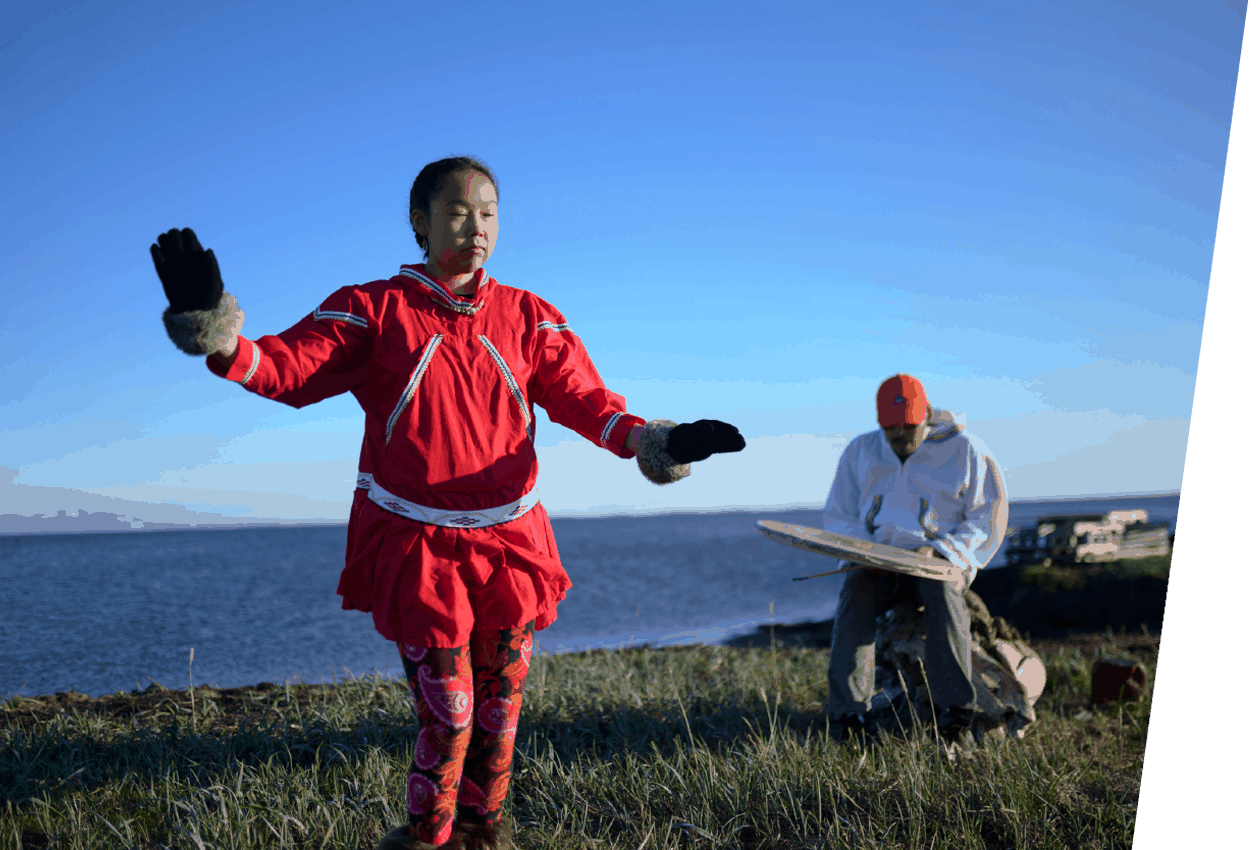Development and Protection for the RegionPort Clarence/Point Spencer
In July of 2020, Bering Straits Native Corporation (BSNC) received conveyance of more than 2,000 acres of land on Point Spencer, the isthmus that forms the western boundary and entry to Port Clarence. Port Clarence is the only naturally occurring, deep water port of refuge in the North American Arctic and is approximately 13 miles wide. Located over 60 miles northwest of Nome and 70 miles southeast of the Bering Strait, Port Clarence/Point Spencer was home to a U.S. Coast Guard (USCG) Loran-C station until it was decommissioned in 2010. Along with the property, BSNC received title to the 8,000-foot airstrip (4,500-feet paved) associated with the former Loran-C station.

FAQs
The deep water of Port Clarence, which is protected from Bering Sea storms by Point Spencer, is rather unique in Western Alaska. It has been used by large vessels seeking safe anchorage for more than 150 years. Vessels continue to use Port Clarence today as they travel north and south through the Bering Strait. Because the Bering Strait is the eastern gateway to the Northern Sea Route and the western gateway to the Northwest Passage and is less than 70 miles away from Port Clarence, the area is strategically and geographically situated for rapid disaster response and critical support of regional economic development projects.
BSNC selected Port Clarence lands in 1976 for conveyance under the Alaska Native Claims Settlement Act (ANCSA), however, the transfer could not proceed until the lands became available. In 2010, when the USCG ended their Loran-C mission, BSNC began pursuing the transfer of Point Spencer.
In 2020, BSNC accepted title to more than 2,000 acres on Point Spencer, including an 8,000-foot airstrip. These lands were selected, in part, to provide BSNC and our shareholders a direct say in how the area is utilized for future developments. While we cannot control who uses the waterways, we can be prepared with the proper response equipment in case of a vessel emergency.
BSNC completed an economic feasibility analysis of Port Clarence and determined port infrastructure construction can be viably achieved with private investment, provided an economic base can be established to support operations. Development of Port Clarence would occur with minimal dredging, minor marine disturbance, minimal impact to subsistence harvests, and no required maintenance dredging.
In the short term, BSNC is focused on prioritizing public safety in and around Port Clarence by studying the feasibility of installing basic mooring buoys and caching basic emergency response equipment. Beyond that, there are no definitive plans. BSNC continues to listen to shareholders and analyze numerous potential economic opportunities to benefit our shareholders as well.
BSNC’s current actions at Port Clarence are intended to protect people and resources in the area. Alaska’s congressional delegation included language in the 2023 National Defense Authorization Act (NDAA) establishing the Port Clarence Coordination Council, with BSNC alongside other local, state, and federal organizations. BSNC’s leadership position will provide the corporation and our shareholders with a more prominent voice in decision-making and will open avenues for state and federal funding partnerships to ensure safe and responsible use of the area.
Over the last two decades, domestic and foreign vessel traffic has significantly increased through the Bering Strait, largely due to arctic warming. Though we cannot restrict traffic in the Bering Strait, vessel traffic and its impacts on marine life, subsistence living, and Alaskan communities has been an important topic for many of the area’s tribes and village corporations. Our focus is to improve public safety and vessel response capabilities in our region and protect the resources important to Our People.
Questions or comments can be emailed to BSNC at portclarence@beringstraits.com

Shareholder Portal
Go to Portal
Opportunities & Benefits
Annual Meeting
Benefits Overview
Bereavement Assistance
Campsite Program
Cultural Initiatives
Events
Photo Contest
Young Providers / Youth Culture Bearer Awards
BSNC Newsletter Archives


Shareholder
Strong
MyBSNC
Enter your world of Shareholder resources and information. MyBSNC Portal will give you access to your records.
Safety for Our People
Across the BSNC family of companies, nothing is more important than the safety and well-being of our people.
